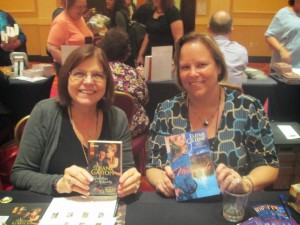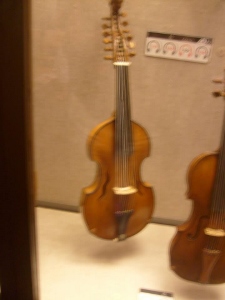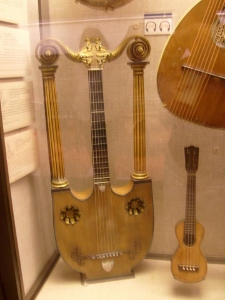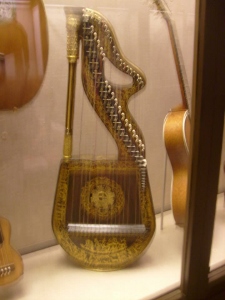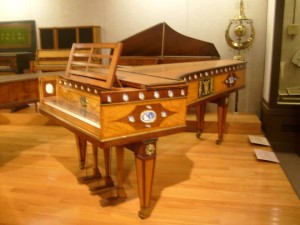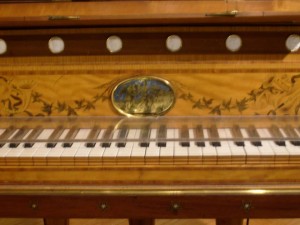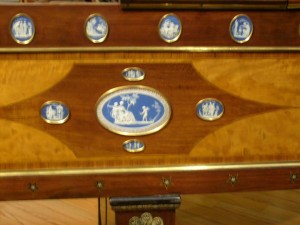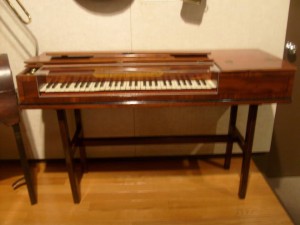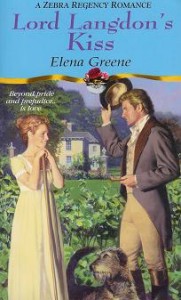 Just as Janet has released A Certain Latitude, I’m starting to rework my first book, Lord Langdon’s Kiss, on the opposite end of the heat spectrum, though.
Just as Janet has released A Certain Latitude, I’m starting to rework my first book, Lord Langdon’s Kiss, on the opposite end of the heat spectrum, though.
Lord Langdon’s Kiss is my only totally “sweet” traditional full-length Regency. (Even though I’m not comfortable with the idea that “sweet” and “hot” are opposite ends of a spectrum–you can have emotional warmth and sensuality at the same time–I use the terms because everyone understands them.) I haven’t reissued it yet because I suspected it needed some rework to meet the standard of my subsequent books.
When I first talked about the idea of a Do Over, Carolyn suggested it might turn into a completely different story. Now that I’m getting into it, I don’t really see that happening. I like the characters pretty much as they are (with some tweaking I’ll describe further down) and I’d have to really change them in order to send the story in a different trajectory, like making it sexier. I’ll keep the same title, because it’s going to be very much the same traditional Regency, but better. I hope.
It’s not a story I would write now. Instead, I’m pretending to be the older, wiser critique partner of my younger self and giving her advice on how to improve the story she imagined.
As I’m reviewing the manuscript, I can see that my suspicions were right. The hero is a blockhead. That was intentional, and still is, but I need to better set up the reasons why he’s a blockhead at the start, and he needs to get a clue sooner. The initial conflict goes on for too long.
The other thing is the introspection. I love introspection, but in my later books I think it’s much more in balance with everything else. In Lord Langdon’s Kiss it really goes on and on! A lot of the older Regencies have that, but it doesn’t suit modern tastes and I actually think the story will benefit from tightening.
Has anyone else ever dusted off and reworked an old project? (It doesn’t have to be a book.) Do you smile or cringe at what your younger self produced? Have you been happy with the results?
Elena
www.elenagreene.com

